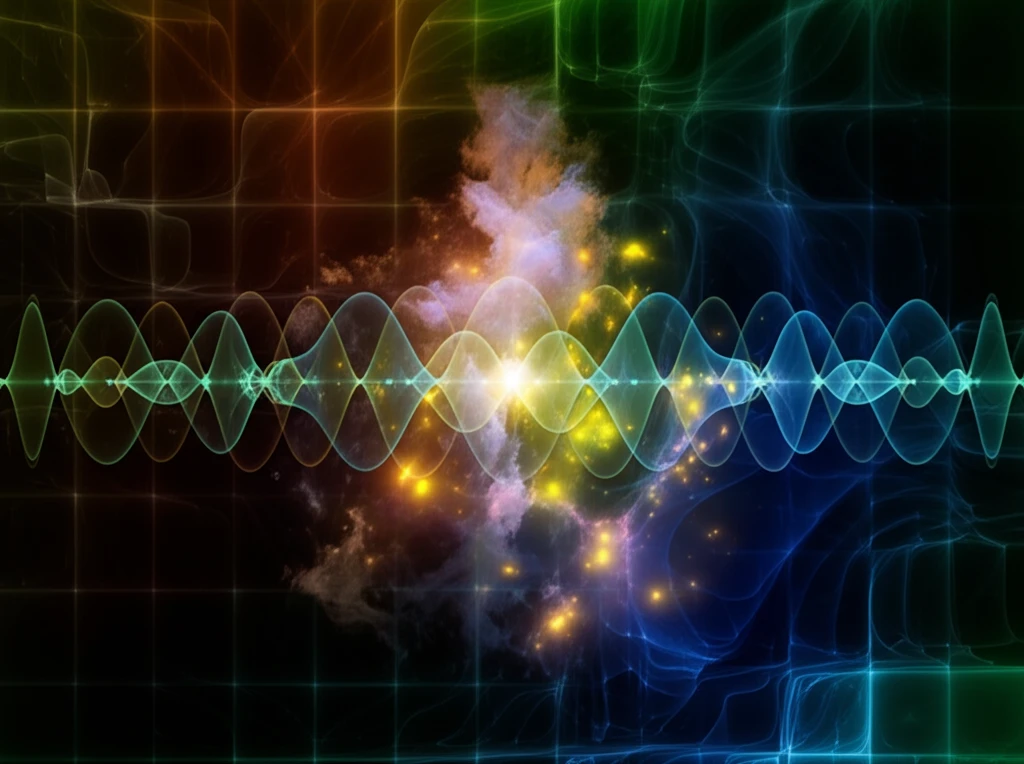
Unlocking the Secrets of Schrödinger-Poisson Systems: How Mathematicians are Pushing the Boundaries of Nonlinear Equations
"Explore the groundbreaking research into high energy radial solutions for Schrödinger-Poisson systems and discover the implications for physics and mathematics."
The Schrödinger-Poisson system, a cornerstone in both physics and mathematics, describes phenomena ranging from the behavior of charged particles to the dynamics of plasmas. These nonlinear equations are particularly important because they bridge quantum mechanics and classical electromagnetism, offering insights into how these fundamental forces interact.
Recent research has focused on finding high energy radial solutions to these systems, aiming to understand the conditions under which these solutions exist and what they represent physically. High energy solutions are of particular interest because they often correspond to states that are highly excited or unstable, providing a deeper understanding of the system's potential behavior.
This article delves into the latest advancements in this area, spotlighting a new study that extends existing results by establishing the existence of infinitely many high energy radial solutions under less restrictive conditions. We’ll explore the mathematical techniques employed and discuss the broader implications of these findings for both theoretical and applied contexts.
What Makes Schrödinger-Poisson Systems So Compelling?

Schrödinger-Poisson systems are a set of coupled equations that combine the Schrödinger equation, which governs the quantum mechanical behavior of particles, with the Poisson equation, which describes the electrostatic potential created by these particles. The nonlinearity in these systems arises from the interaction between the particle density and the electrostatic potential, making them challenging but also incredibly rich in possible solutions.
- Plasma Physics: Modeling the behavior of charged particles in plasmas, where the electrostatic interactions are significant.
- Semiconductor Devices: Simulating the electronic behavior in semiconductor devices, where quantum effects play a crucial role.
- Nonlinear Optics: Describing the propagation of light in nonlinear media, where the refractive index depends on the light intensity.
- Bose-Einstein Condensates: Understanding the collective behavior of bosons at extremely low temperatures.
Why This Research Matters?
The ongoing investigation into Schrödinger-Poisson systems is not just an academic exercise; it has far-reaching implications for various fields. By identifying infinitely many high energy radial solutions, researchers are providing a more complete picture of the possible states and behaviors of these systems. This deeper understanding can lead to more accurate models and simulations, ultimately impacting technology and our fundamental understanding of the universe.
